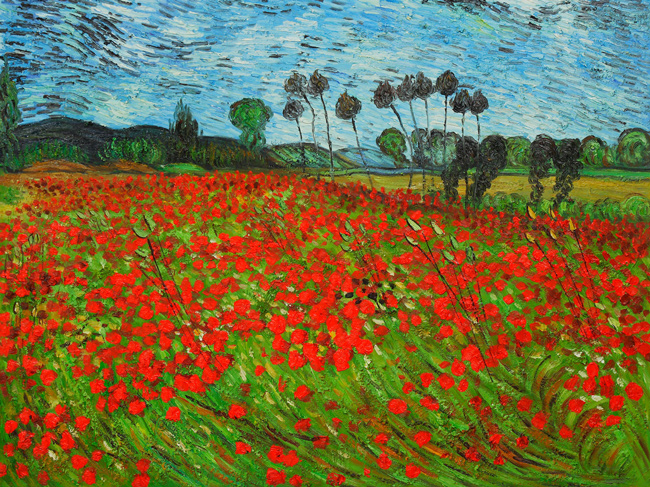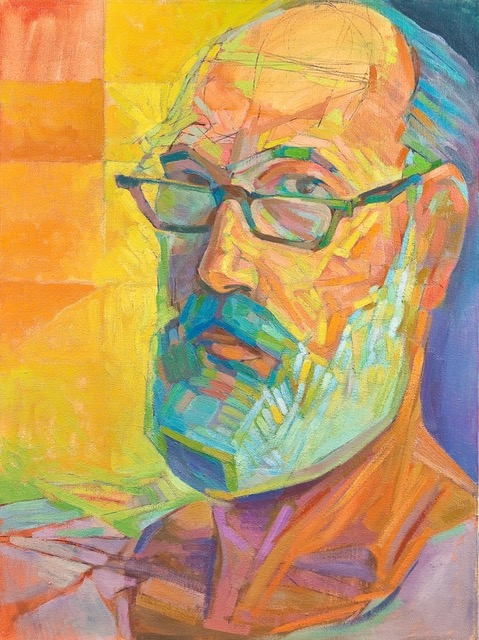We first went to Barcelona, then spent a month in the Hotel Inglis in the city of Valencia while I drove about the countryside trying to find a house to rent in a country where no one rented houses. Everyone lived in the house they owned. It was winter; wet, dark and not at all like the travel publicity promised. On the final excursion, I came to the little village of Macastre in the foothills near Bunol and Yatova. I stopped to talk to a peasant woman named Milagro, who was taking slops to feed her pigs. Because she didn’t think a foreigner would be able to speak Spanish, she didn’t listen to me. Once she did listen, she told me of a retired lawyer who owned a house that had been empty for a long time. She brought me to his villa and showed me the house, which consisted of four bedrooms, a huge entrada with cheap plaster casts of Romans, and a black and white tile floor.
The kitchen was small and primitive, given that peasant girls would be doing the cooking. The grand mirador, or lookout, dominated the east-facing view. It had windows on three sides and stood on pillars high above the terraced garden and the unused swimming pool. The views from the lower vast patio were of cascading fields spreading out to the sea. It was perfect.
Immediately after we moved there, I became involved with the people in the village. I had a very inexpensive camera that I bought for just a few dollars in Japan. Because the Japanese had been allies to the Nazis, they had all of the German technology. The camera served me very well and I became the town photographer.
If there was a christening, a wedding or some event taking place, I would photograph it, develop the film, and give it to the people involved. When there was anything important happening, the priest, the police chief, the head of the military, and I would be at the same table with all these guys. I figured it was mostly because they didn’t know what to do with me — they hadn’t ever had an American living there before.
I got along very well with everyone and our villa was out of this world. We had acres of orange, lemon, and peach trees, a hundred rose bushes, and an Arabian Ninth Century irrigation system that was still in use. There would be a pounding on the door and a call of “Riego!” which meant “irrigator” in Spanish. I would then put on my boots and run out into the garden because the sluices had wooden gates that I had to pull up. When I pulled it up the water came pouring out and down these channels, and was directed to canals leading to every tree. Around each tree I had a dam, so I put about a foot of water around the tree and then directed the water to the next tree. The fellow who was in charge of the operation was telling me what to do. I watered all the trees once every 18 days.
I had a large room on the top floor of my house. Bricks were intentionally missing from the walls so air could circulate through. That was where the farmers who were running the estate would hang their grapes and carrots. They had apples wrapped in paper so if one spoiled it wouldn’t spoil the next one. They had hams hanging that had been smoked and salted and sausages they had made. It was the way people had lived for centuries, and it was great fun to be a part of all of this.
I was thoroughly accepted because of my generosity of being a photographer and making sure they had beautiful photographs.
The farmers returned from their orchards in the evening and I could hear the beating of their donkeys’ hooves on the cobblestones. As they came to the front of our villa in their two-wheel carts, they would yell out that they had fields of cherries, peaches and pears. “Help yourself! We can’t possible pick them all.”
We used to pick peas. I built a tool for the girls who helped my daughter and wife pull the peas out of the pod. It was three nails on a board. You ran the pod down the board and the middle nail knocked the peas out, and they fell in a basket. After we boiled the peas and cooked them, along with fresh tomatoes, we would put them into wine bottles. We corked the bottle and wrapped wire around the cork so when the contents of the bottle would boil, the food was held in. Then we would cover the whole thing with plaster of Paris so that no air would get in. These bottles could be stored in the attic with the open brick walls. In addition to all kinds of preserved food, we hung carrots, onions, and many other varieties of vegetables and fruit. It was wonderful to see how things had been done successfully for centuries.
That irrigation system that dated back to the 9th century — you can’t find that in New York. Great reservoirs collected the snowmelt as it came down the sides of the mountains.


